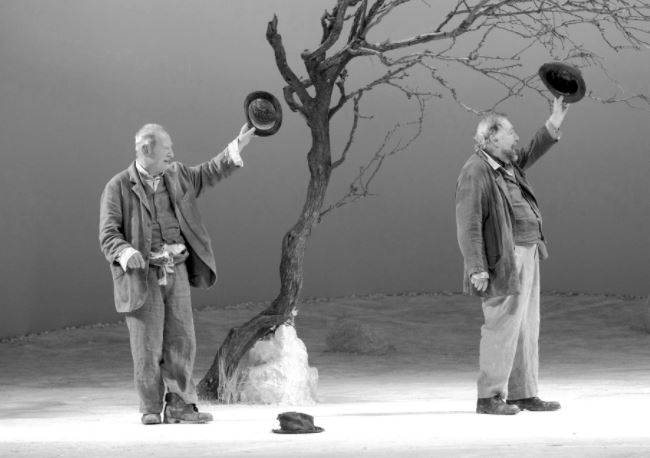Theatre of the Absurd

The Theatre of the Absurd is a post–World War II designation for particular plays of absurdist fiction written by a number of primarily European playwrights in the late 1950s. It is also a term for the style of theatre the plays represent. The plays focus largely on ideas of existentialism and express what happens when human existence lacks meaning or purpose and communication breaks down. The structure of the plays is typically a round shape, with the finishing point the same as the starting point. Logical construction and argument give way to irrational and illogical speech and to the ultimate conclusion—silence.
Critic Martin Esslin coined the term in his 1960 essay “The Theatre of the Absurd”, which begins by focusing on the playwrights Samuel Beckett, Arthur Adamov, and Eugène Ionesco. Esslin says that their plays have a common denominator — the “absurd”, a word that Esslin defines with a quotation from Ionesco: “absurd is that which has not purpose, or goal, or objective.”[2][3] The French philosopher Albert Camus, in his 1942 essay “Myth of Sisyphus”, describes the human situation as meaningless and absurd.
